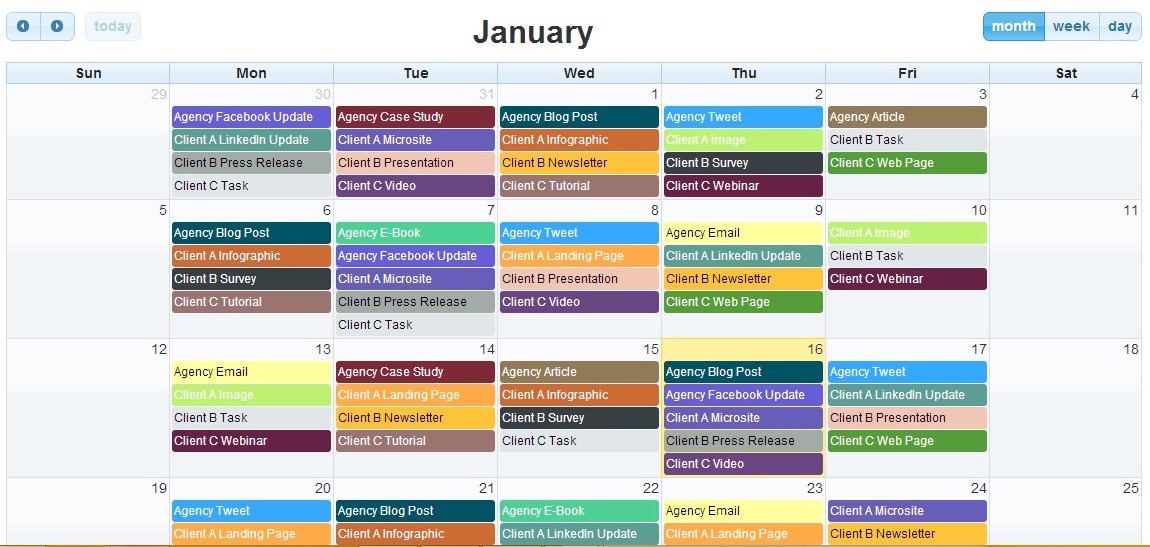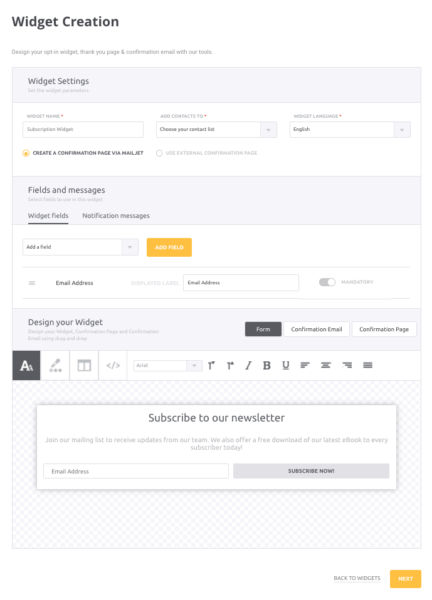As the summer unwinds and we enter the fall season, we would like to share some awesome networking events we have schedule for September 2018.
We hope you can join us to meet new people, introduce your business and reconnect with others.
UPCOMING SEPTEMBER NETWORKING EVENTS
Tuesday, September 4 | 6:00 pm
Small Business Exchange Meeting (6-Week Program)
This is a goal achievement program for entrepreneurs to collaborate with each other on growth discussions to help reach income and business goals through small intimate discussion groups for a commitment of 6 weeks. Interested? Learn more here.
Wednesday, September 12 | 12:30 pm
Member Orientation & Information Meeting
Want to learn more about a membership with Westchester Networking for Professionals? Attend this meeting. Free to attend, but RSVP required. RSVP here.
Thursday, September 20 | 12:00 pm
Business Lunch & Learn Networking Event: “The Cycle of Performance”
Join local professionals for networking, lunch and educational session with Jennifer Zelop. Limited seats available! Online tickets available online at discount. Interested? Reserve your seat, today.
Tuesday, September 25 | 6:00 pm
Paint & Sip Networking Nite
Attend this Paint & Sip Networking Nite event to meet new people and reconnect with others during an evening of fun and excitement. Limited seats available, so don’t delay - get your tickets, today.
For event details and registration, visit WNFP calendar of events.
Questions? Please email us at: rsvpevents@wnfp.org
We look forward to seeing you!
ABOUT WNFP
Westchester Networking for Professionals (WNFP) is a business organization focused on providing our members and guests with an extraordinary networking experience, bringing business professionals together for the sole purpose of generating new relationships and developing new business opportunities. Not a member, learn how you can become a member and join this awesome group of professionals to connect and grow your business.
Stay Connected with WNFP!




















